Clinical Veterinary Microbiology 2nd Edition
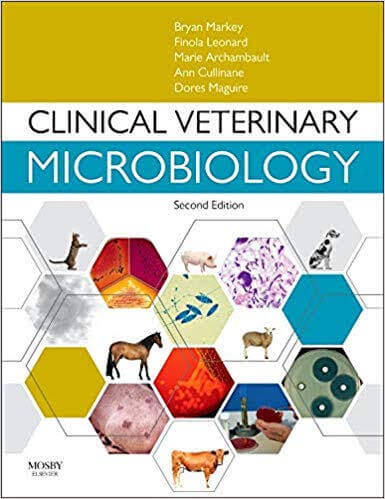
By Bryan Markey, Finola Leonard, Marie Archambault, Ann Cullinane, Dores Maguire
Clinical Veterinary Microbiology 2nd Edition provides concise information on the materials and methods of bacteriology, mycology, and virology. The book covers the collection, isolation, and culture of diagnostic specimens, with detailed notes on the biochemical, serological and other tests currently used to identify and distinguish between microbial pathogens. The new edition sets out to provide the most up-to-date account of all the clinically and economically important pathogens, including Bovine Spongiform Encephalomyeltis, Creutzfeldt-Jakob Disease, E-coli, and Salmonella. The clear, accessible format, together with the complete revision of the content, makes this a valuable resource.
“This book, co-written by five specialists provides a complete and up-to-date source of information for everything related to infection”. Reviewed by: Fabienne Dethioux, Tomorrow’s Vets Date: December 2014
- High quality full colour photography – Essential for accurate diagnosis
- Fully revised pathogenicity sections taking into account the major discoveries/incidences of the last 3-5 years
- Reclassification of viruses, including changes to nomenclature
- Appendices of Infectious Diseases – Fast access to vital information
- Unique and practical inclusion of virology, bacteriology and mycology in one text
This Book is Available For Premium Members Only

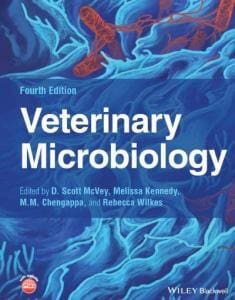
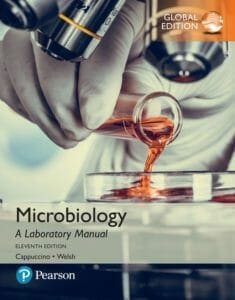
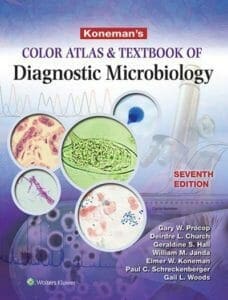



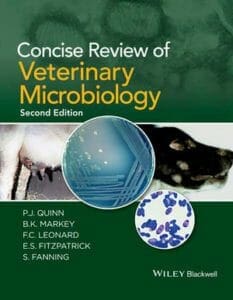
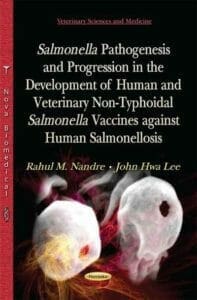




![Ettinger’s Textbook of Veterinary Internal Medicine 9th Edition [PDF+Videos] Ettinger’s Textbook of Veterinary Internal Medicine 9th Edition [True PDF+Videos]](https://www.vet-ebooks.com/wp-content/uploads/2024/10/ettingers-textbook-of-veterinary-internal-medicine-9th-edition-100x70.jpg)

![Textbook of Veterinary Diagnostic Radiology 8th Edition [PDF+Videos+Quizzes] Thrall’s Textbook of Veterinary Diagnostic Radiology, 8th edition PDF](https://www.vet-ebooks.com/wp-content/uploads/2019/09/textbook-of-veterinary-diagnostic-radiology-8th-edition-100x70.jpg)






